Plugin Customization
Motivation#
As it turns out, various RichContentEditor consumers have different customization needs. On other hand, it is important to keep the public API clean, while providing the desired customability. In order to meet these requirements, the RichContentEditor exposes config object prop.
This document focuses on plugin customization capabilities.
Plugin Types as config Keys#
Every plugin exports a constant value that defines its type. The convention is to name the type according to the pluginName_TYPE pattern. The type is actually a plugin identifier, so it has to be unique.
The type serves multiple purposes. It is used to map the entities to proper plugin components both in RichContentEditor and RichContentViewer. Another plugin type application is config keys.
Every plugin expects to find its custom settings within the config[pluginName_TYPE] field. The expected value is an object containing specific settings that vary for every plugin. The following sections provide a list of plugin settings. As usual, the list is a subject to change.
Plugin Settings#
Common Settings#
These settings are common to all the plugins and handled at the base plugin level.
width and height#
The width and height are expected to be integers. They serve as initial plugin component dimensions in pixels, if there are no width and height fields defined in componentData.config for that specific plugin entity.
toolbar#
The toolbar setting refers to the plugin functionality toolbar, it is an object which may consist of the following keys:
| setting key | description | default value | is required? | editor/viewer config |
|---|---|---|---|---|
hidden | an array of toolbar button keynames to be removed from toolbar | none | No | editor |
icons | an object of toolbar button keynames to custom icons map: { delete: MyCustomTrashIcon } | none | No | editor |
Currently, it exposes a field hidden which is expected to be an array of toolbar button keynames to be removed from toolbar and a field icons which is expected to be an object of button icons to replace the existing icons.
defaultData#
The defaultData setting enables consumers to set the default data for a plugin when it is inserted into the editor. It is an object with the same fields as the plugins entity data.
Button Plugin Settings#
| setting key | description | default value | is required? | editor/viewer config |
|---|---|---|---|---|
activeButton | The index of the chosen preset button design | 0 | No | both |
borderRadius | The border radius in pixels | 0 | No | both |
borderWidth | The border width in pixels | 0 | No | both |
buttonText | The button label | Click Me | No | both |
url | The URL that should be redirected when clicking on the button | none | Yes | both |
rel | The relationship between the current URL and the linked URL | nofollow | Yes | both |
target | Specifies where to open URL in new tab or in current tab | _blank | Yes | both |
textColor | The color of button text in Hex. | #FEFDFD | No | both |
borderColor | The color of button border in Hex. | #0161FF | No | both |
backgroundColor | The color of button background in Hex. | #0161FF | No | both |
HTML Plugin Settings#
| setting key | description | default value | is required? | editor/viewer config |
|---|---|---|---|---|
htmlIframeSrc | src attribute of the HTML iframe when the plugin is used in source mode | none | Yes | both |
maxWidth | the maximum component width in pixels. note: this value is dynamically limited by the editor boundaries | 940 | No | both |
minWidth | the minimum component width in pixels | 35 | No | both |
maxHeight | the maximum component height in pixels | 1200 | No | both |
minHeight | the minimum component height in pixels | 35 | No | both |
width | the initial component width in pixels | 740 | No | both |
height | the initial component height in pixels | 242 | No | both |
siteDomain | the site domain in order for adsense to work | none | No | both |
exposeButtons | controls what buttons will be exposed to open HTML modal | ['html'] | No | editor |
Hashtag Plugin Settings#
| setting key | description | default value | is required? | editor/viewer config |
|---|---|---|---|---|
createHref | converter function that converts the Hashtag #text to URL. if provided, the hashtags will behave as anchor links | none | No | both |
onClick | optional Hashtag click handler | none | No | both |
Link Plugin Settings#
| setting key | description | default value | is required? | editor/viewer config |
|---|---|---|---|---|
onClick | optional Link click handler | none | No | both |
preview | Link Preview settings | none | No | both |
linkTypes | Supported Links types | { anchor: true } | No | editor |
The Link Preview Plugin is implemented within the Link Plugin, and is activated once the Link Plugin Settings object contains preview field. The preview object structure as follows:
The getMetadataUrl should provide a Website metadata service endpoint URL for a given query URL. The token is a security token appended to request headers (Authorization header). The format is the expected response format. Currently the only supported format is 'oembed'.
Mentions Plugin Settings#
| setting key | description | default value | is required? | editor/viewer config |
|---|---|---|---|---|
getMentions | function that retrieves a list of suggestions according to provided search query parameter | none | Yes | both |
onMentionClick | optional Mention click handler | none | No | both |
onMentionHover | optional Mention hover handler | none | No | both |
getMentionLink | given the mention return link for it | none | Yes | both |
visibleItemsBeforeOverflow | boolean how many items should be visible before overflowing | none | No | editor |
Giphy Plugin Settings#
| setting key | description | default value | is required? | editor/viewer config |
|---|---|---|---|---|
giphySdkApiKey | Giphy Developer API key | none | Yes | both |
componentDataDefaults | Default component data | { config: { size: 'content', alignment: 'center' } } | No | editor |
insertToolbars | Which toolbars to add insert button to | [TOOLBARS.FOOTER] | No | editor |
Image Plugin Settings#
| setting key | description | default value | is required? | editor/viewer config |
|---|---|---|---|---|
onExpand | called when the user expands an image | none | No | viewer |
disableExpand (deprecated!) | disables expanding images & fullscreen | false | No | viewer |
disableExpand | disables expanding images & fullscreen | false | No | editor |
Gallery Plugin Settings#
| setting key | description | default value | is required? | editor/viewer config |
|---|---|---|---|---|
onExpand | called when the user expands an item | none | No | viewer |
disableExpand (deprecated) | disables expanding items & fullscreen | false | No | viewer |
disableExpand | disables expanding items & fullscreen | false | No | editor |
Text Color Plugin#
| setting key | description | default value | is required? | editor/viewer config |
|---|---|---|---|---|
colorScheme | custom-style to hex-color map: { color1: { color: '#fff', index: 0 }, ... } | none (DEFAULT_PALETTE is used by default) | No | editor |
styleSelectionPredicate | a function that tells the plugin which inline styles are relevant: string => boolean | style => isHexColor(style) | No | both |
customStyleFn (1) | a function that converts an inline-style to CSS style: DraftInlineStyle => object | DEFAULT_STYLE_FN_DRAFT | No | editor |
customStyleFn (2) | a function that converts an inline-style to CSS style: string => object | DEFAULT_STYLE_FN | No | viewer |
selectionColor | selected color indicator (string) | #000 | No | editor |
onColorAdded | a handler called when a custom color is added | none | Yes | editor |
getUserColors | a function that returns user-defined custom colors | none | Yes | editor |
onCustomPickerToggle | a handler called when the Add Color button is clicked [see Note below for details] | modal CustomColorPickerDialog is displayed | No | editor |
onCustomColorPicked | a handler called when a custom color is picked by hue/saturation controls | noop | No | editor |
Note: onCustomPickerToggle API is intended to be used when there is a need to display the CustomColorPicker outside the modal dialog, e.g. as a Settings panel element. The API is called with the following parameters:
onCustomColorPicked(color) -- should be called when a custom color is picked by hue/saturation controls of theCustomColorPicker. Usually it should be wired to theCustomColorPicker'sonChangeproponCustomColorUpdate(color) -- should be called when user decides to apply the selected color (e.g.CustomColorPickerDialogUpdate button)onCustomColorCancel(color) -- should be called when user decides to cancel the custom color selection (e.g.CustomColorPickerDialogCancel button)- all the
ColorPickerprops (t,isMobile,theme, ...etc)
Note: selectionColor prop is deprecated, please override the .colorPicker_button_selected::after class border-color rule (theme).
Text Color Inline Style Mapper#
The RichContentViewer exposes the inlineStyleMappers prop. The mapper purpose is to provide a mapping inlineStyle => Component, that is used by the RichContentViewer. The prop value is expected to be an array of functions of the following signature:
Specifically, the textColorInlineStyleMapper API accepts two parameters -- config and raw (aka ContentState), and returns the mapper array. The custom inline styles are picked from the raw according to the styleSelectionPredicate, and the style conversion is performed by the customStyleFn (2). Both APIs should be provided by the consumer within config object.
References and Examples#
Both editor-example and viewer-example apps demonstrate the plugin customization capabilities.

 Ricos
Ricos